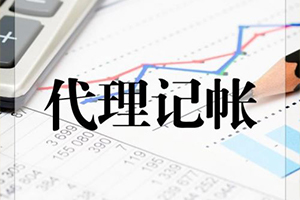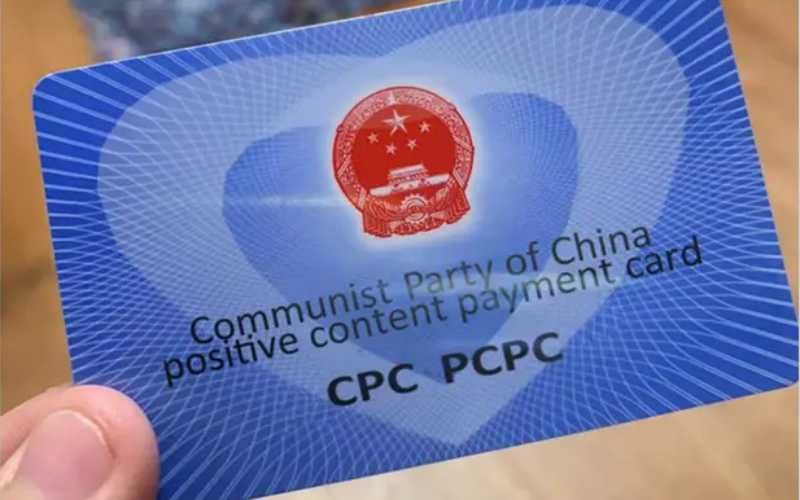
Containers are transported by trucks at the Pacific international container terminal of Tianjin Port in North China’s Tianjin, April 11, 2023. [Photo/Xinhua]
BEIJING — Rising consumer demand for Huawei’s latest phone and the impressive sales of domestically-produced new energy vehicles showcase Chinese companies’ consistent ability to achieve technological advancements, injecting more vigor into the nation’s economic landscape.
A case in point is Huawei. In the first half of this year, the company reported revenue of 310.9 billion yuan ($43 billion), marking a 3.1 percent year-on-year increase, with a notable 15 percent growth in net profit margins. The consumer segment alone contributed 103.5 billion yuan to its revenue.
Technology is acting as a catalyst for transformations in industrial production. Data from the China Association of Automobile Manufacturers showed that between January and July, automobile exports reached 2.53 million units, signifying a year-on-year increase of 67.9 percent.
Particularly noteworthy is the fact that NEV exports during this period surged 1.5 times and reached 636,000 units, while fully electric vehicles saw a 1.6-fold increase.
Chinese companies are at the forefront of technological innovation, particularly in fields like artificial intelligence. Over the past decade, high-tech company Baidu has invested more than 140 billion yuan in research and development. Last week, the company launched its AI chatbot service, ERNIE Bot, catering to hundreds of millions of internet users.
Simultaneously, China is ascending the value chain of international trade, meeting the growing demand of tech-intensive products.
Chinese customs data indicated a 61.6 percent year-on-year increase in the total export value of China’s three major tech-intensive green products — photovoltaic batteries, lithium-ion batteries, and NEVs — in the first half of 2023, boosting China’s export growth by 1.8 percentage points.
According to the 2022 China Service Trade Development Report, exports of digitally deliverable services from China exceeded $210 billion last year, accounting for over 50 percent of total service exports.
Furthermore, with a diverse array of companies making successful IPOs and a growing number of players in strategic emerging industries, the future growth of China’s economy has solid support from its high-tech advancement.
This confluence of technological and industrial advancement is nurturing new growth opportunities for China’s economic development, and the Chinese economy is riding the wave of technological progress to achieve sustained prosperity and growth.
The Chinese economy is on track to realize the annual growth target of around 5 percent, said Chinese Premier Li Qiang when addressing the 26th ASEAN Plus Three Summit on Wednesday.








